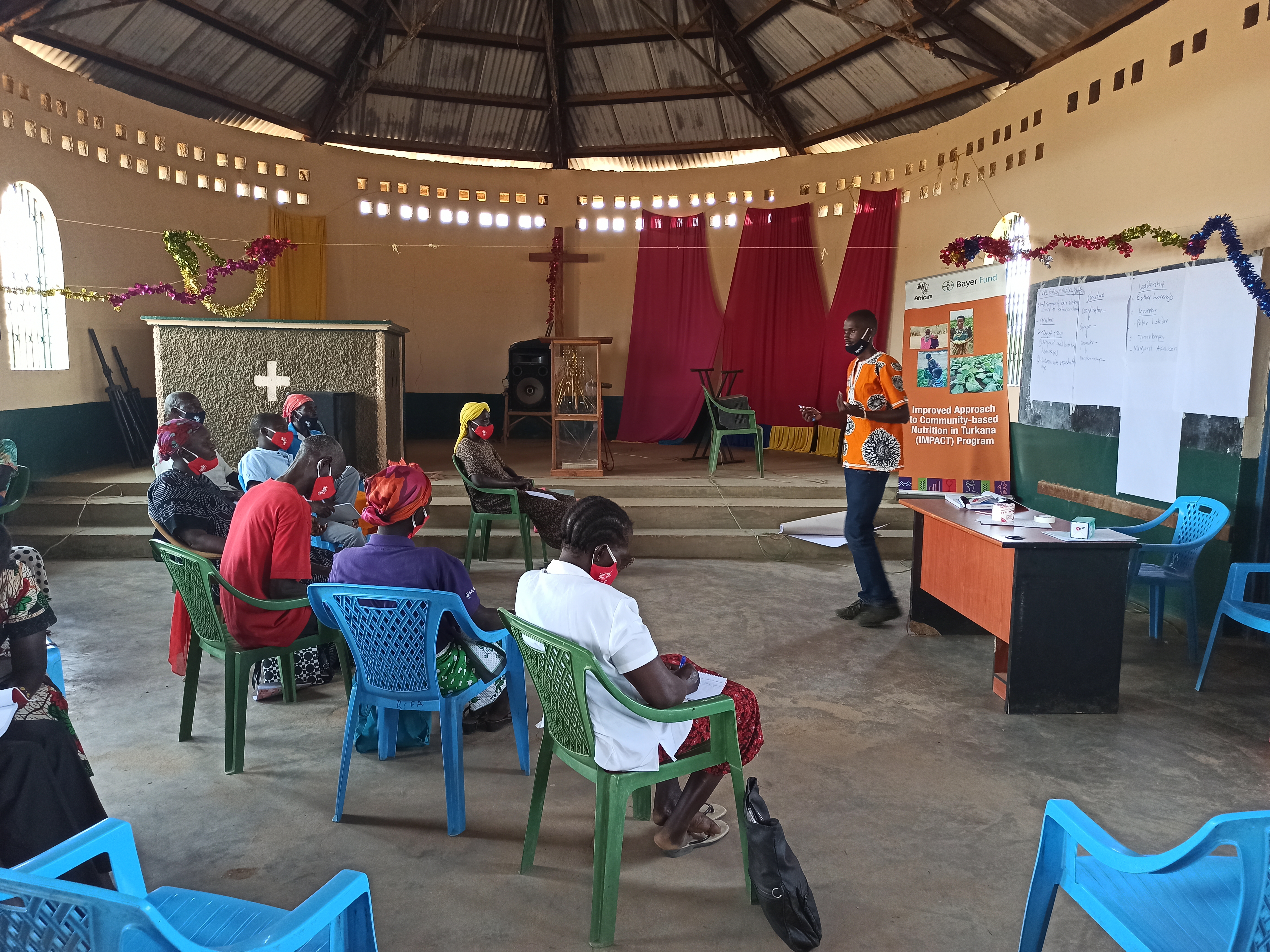Locally Driven Behavior Change

PanAfricare’s approach to development places the communities affected by our interventions. These innovations often consider an individual’s decision-making processes that can change well-being. By applying locally-driven behavior change strategies, PanAfricare builds a sense of security, local ownership, and empowerment; thus, community partners gain greater control over their future development.
Our many years of experience in project implementation have proven that local skills, knowledge, and resources facilitate a more effective impact on communities.
PanAfricare’s 100% African project staff knows how to marry a respect for tradition with innovation, effectively demonstrating to communities what actions they can take to improve their lives. PanAfricare’s legacy of trust earned through over five decades of work gained from PanAfricare, on the continent positions us to be great communicators of new knowledge and skills. Still, the credit for project success should go to our community participants because they are the ones who drive it.
PanAfricare does not decide what the community should do. Development organizations and donors do not have that right.
PanAfricare supports communities in overcoming problems they identify by empowering communities to lead the change themselves. We provide access to techniques and technologies, but these are only successful if communities voluntarily adopt them.
The Improved Approach to Community-Based Nutrition in Turkana (IMPACT) program in Kenya, funded by the Bayer Fund, aims to significantly improve nutrition outcomes for pregnant and lactating women and infants and young children (<5 years of age) via a two-pronged approach:
- Address immediate causes of malnutrition by improving access to quality health services and increasing knowledge for prevention and treatment of malnutrition, and
- Address underlying determinants of malnutrition by increasing household availability, access, and consumption of diversified and nutrient-rich food.
Activities included:
- Supported the Ministry of Health (MoH) in scaling up infant nutrition activities such as improving the coverage of infant health in health facilities.
- Conduct screening for malnutrition and refer children.
- Supported the development of the County Nutrition Action Plan (CNAP), which will provide a road map for health and nutrition activities implemented by the Ministry of Health and other nutrition partners in the county.
- Supported bush clearing to clear Prosopis, an invasive species that reduces land productivity.
- Desilted canal benefitting farming households.
- Distributed farmers’ kits and assorted seeds to support basic land preparation.
- Conducted training on Good Agricultural Practices (GAP) to lead farmers.


